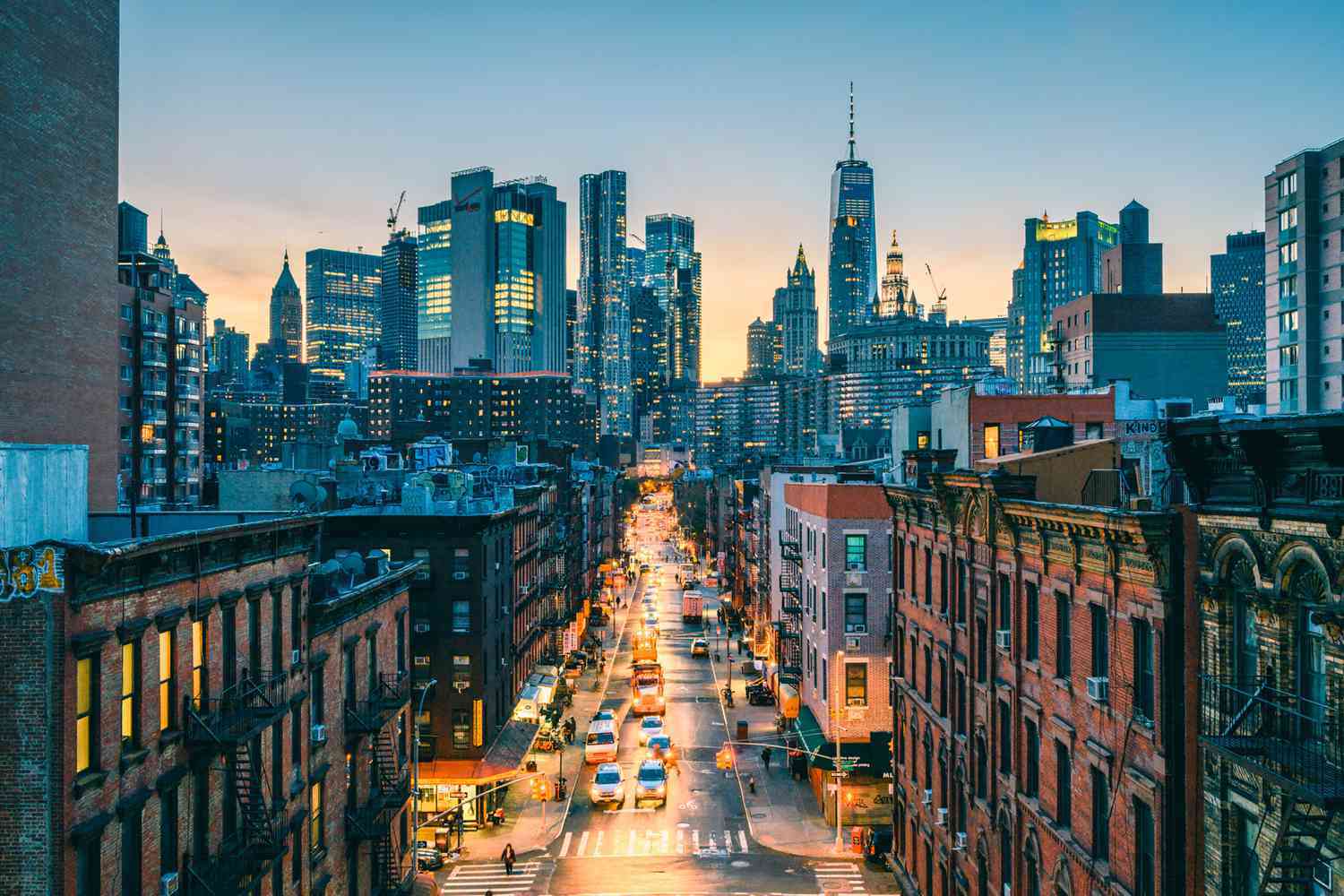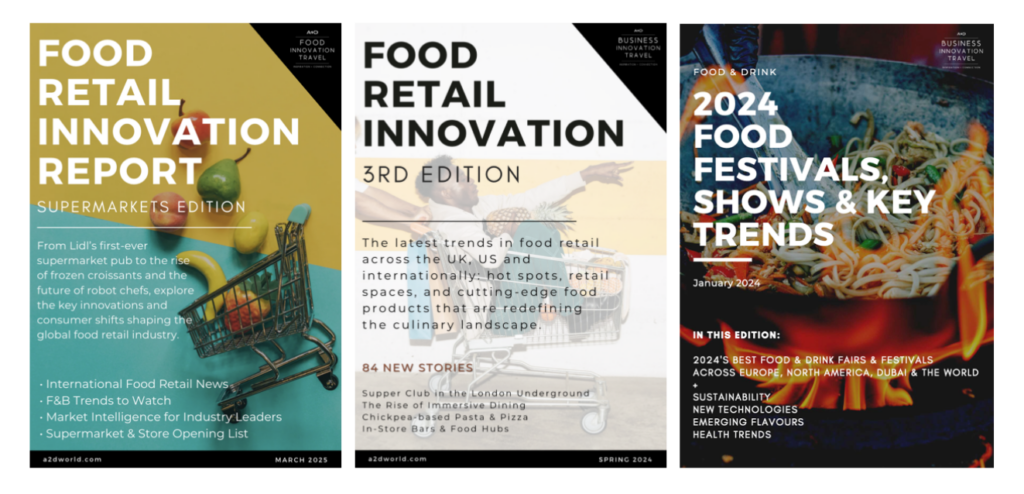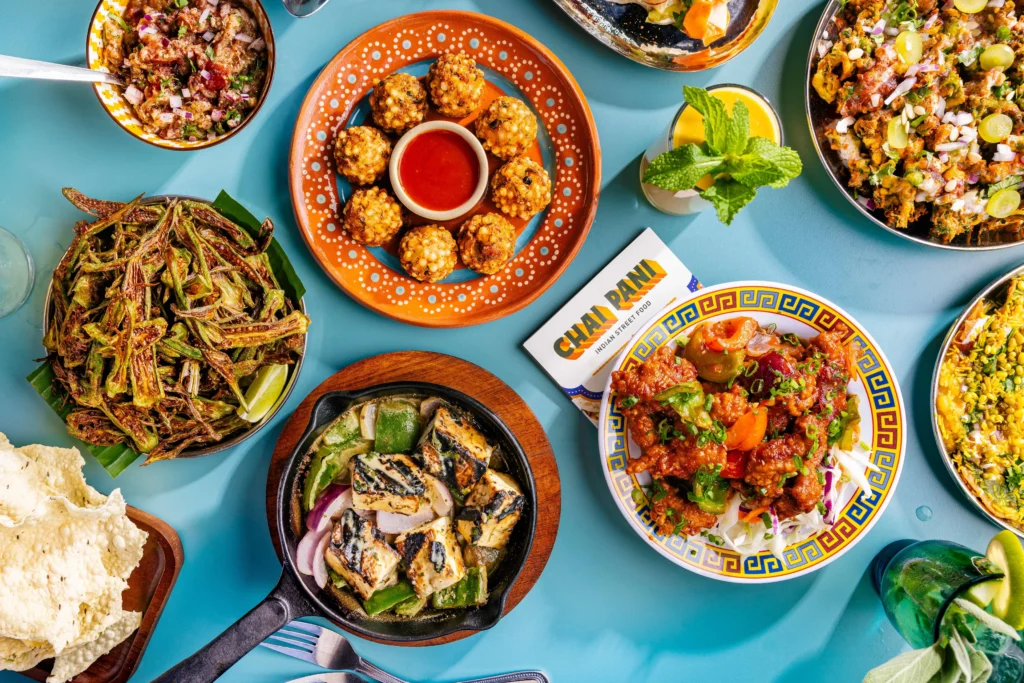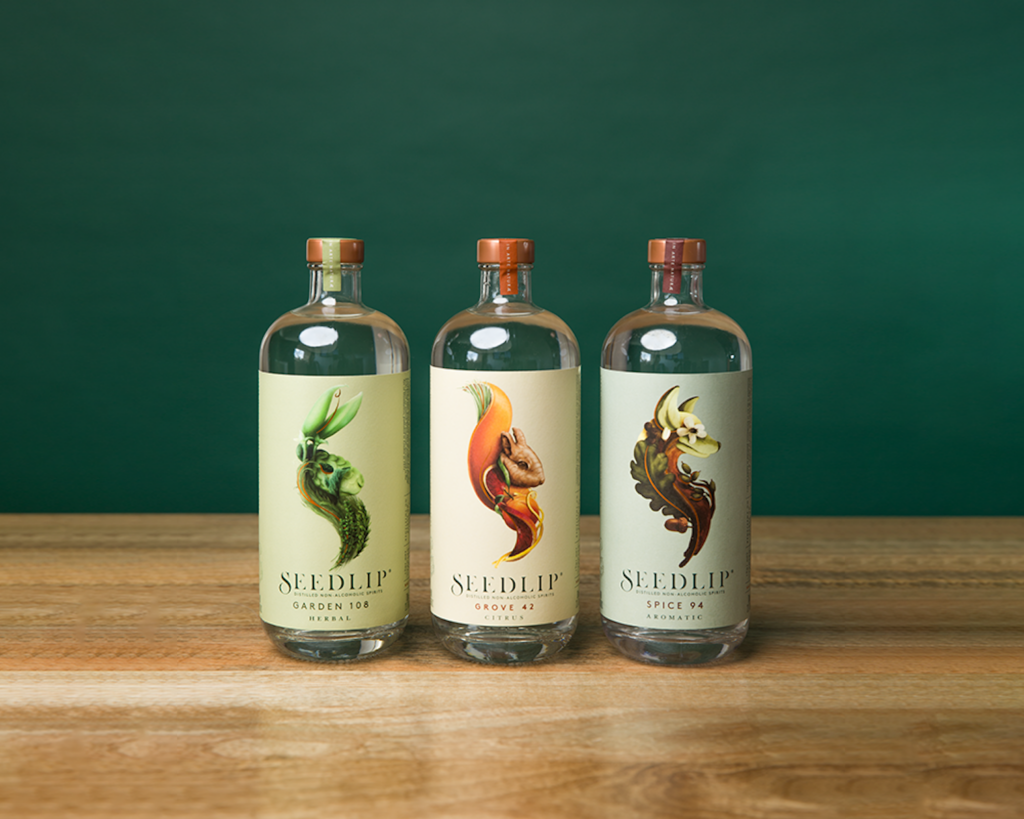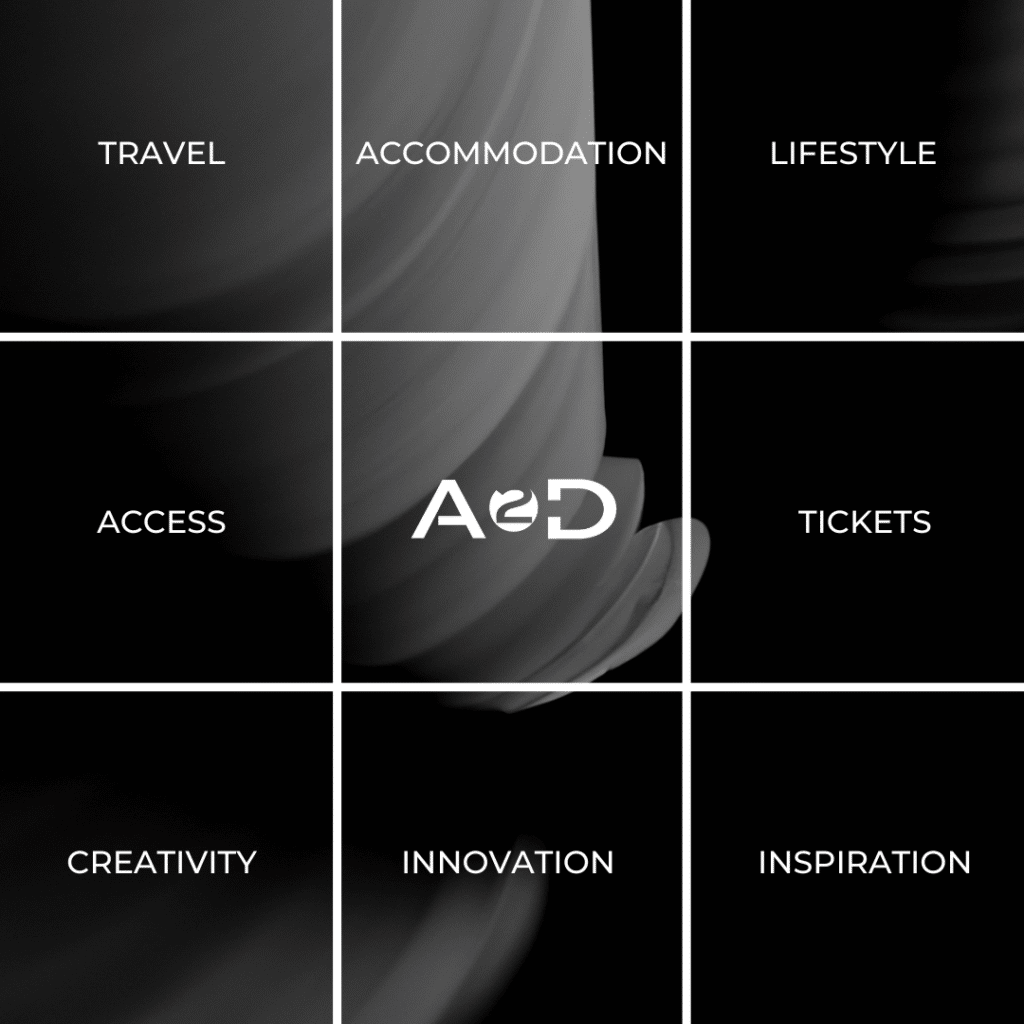No business is an island. An essential ingredient for success in the modern age is knowledge-sharing and collaboration. Our Business Innovation Travel programs (BiT) aim to provide you with exactly that.
At A2D we connect you with leading innovating projects in your industry. Below, we set out retail innovations that you can explore with our programs, relevant innovation hubs, and some key trends to watch.
A Selection of Recent Innovations
Below are just a few examples of retail innovation projects we can connect you with on our BiT programs.
Packaging
In addition to the increasing replacement of plastic with recyclable or biodegradable packaging, some stores are testing out shopping that is package-free altogether. For example, in the UK, some Waitrose and Marks and Spencer’s stores have been trialling sales of loose fresh produce, nuts and grains.
Transportation
Producers and suppliers are seeking to minimise transportation of products in ingenious ways. Berlin start-up, Infarm, builds vertical farms in cities to ensure produce is grown locally, and Niels Rodin in Switzerland capitalises on similarities between Swiss and Japanese climates to grow Japanese yuzu locally for sale to nearby restaurants and in its own gin brand.
Robotics
In robotics, we’re seeing global adoption of the Japanese vending machine model for non-food retail. And in food retail, robotics examples include the famous Korean chain, Robert Chicken, which uses robots to prepare fried chicken and recently opened a premises in the heart of New York City.
Storage
Food storage is adapting to give end-users greater control. For example, Fraîche – a New York based company – provides its ‘farm fresh’ products in dedicated smart fridges for offices. Farmshelf, also a New York company, goes further and provides smart, indoor farms for consumer end-use to allow them to grow and maintain produce within their own homes.
Supply Chains
Innovations in supply chains include Barcelonian supermarket Amettler’s development of a fully verticalized model, in which it operates its own farms as well as centralised kitchens that produce own-brand packaged products. Amettler also utilises AI technology to forecast demand and replenishment.
Logistics
Spanish supermarket chain, Mercadona, utilises smart software that helps it adjust its warehousing and transportation based on real-time purchasing needs.
Innovation Destinations
You can find hubs of retail innovation all around the world.
New York City, of course, attracts a large amount of investment in retail innovation and is a melting pot for the cross-pollination of ideas.
Similarly, Montreal has seen both private and government investment in the AI and tech retail innovation spheres. Amazon trialled its cashier-less shopping technology in the city, and many fashion brands use it as a testing ground for omni-channel marketing.
You can find game-changing retail innovations in Japan too. Examples include the wide use of vending machines for non-food retail, and the development of ‘hyperphysical’ stores (keep reading to learn more about this trend).
Other global hubs for retail innovation include London, Barcelona, Texas and California. When creating your bespoke BiT program, our team at A2D can identify with you the destinations that best match your needs.
Upcoming Trends
Multiple Brands: One Roof
As bricks and mortar stores continue to evolve to keep up with consumer wants, we’re seeing a growth in ‘one stop shop’ offerings. These offerings provide consumers with access to multiple brands, all in one physical place i.e. under one roof.
A great example is Kylo Food Hall in Miami, Florida, which offers customer items from a variety of popular restaurants all in one, digital streamlined menu. Consider also the Urban Space group, which operates globally to bring a variety of food retail businesses together in one bustling marketplace. One of their first projects was the famous Camden Lock Market in North London, and you can explore multiple food hall locations of theirs in New York.
Hyperphysical Stores
The growth of ‘hyperphysical’ stores is a noteworthy trend. These stores curate and enhance the sensory effects of in-person shopping – colours are bold, fabrics and surfaces are tactile, sounds are curated and smells, symbolic.
Examples include Bottega Veneta’s maze pop-up store in Seoul, where shoppers interacted with the maze and its on-brand sensory experiences. See also Balenciaga’s launch of its Le Cagole bag, in which the pop-up was lined with pink fur!
‘Phygital’
The blending of physical and digital (‘phygital’) in retail is increasing, providing an omni-channel experience. Wow Concept’s first physical store in Madrid is a great example of this, in which it expertly weaves in digital, interactive elements with a hyper-sensory experience.
More simply, and boldly, was luxury handbag brand, Jacquemus’s 24-hour handbag vending machine pop-up, which aimed to de-mystify the world of luxury shopping and provide an equalising experience.
If you think your business could benefit from exploring global retail innovations more fully, then do get in touch.
Our BiT programs are created in a collaborative, bespoke manner. We sit down with you to understand your needs and develop a program from there. And in our special Product Development Service, you can even outsource the travel to us! According to your brief, we will travel to relevant projects, collect samples and connect with innovators – and bring the results to your door.
If either of these options sounds of interest to you, get in touch today.

